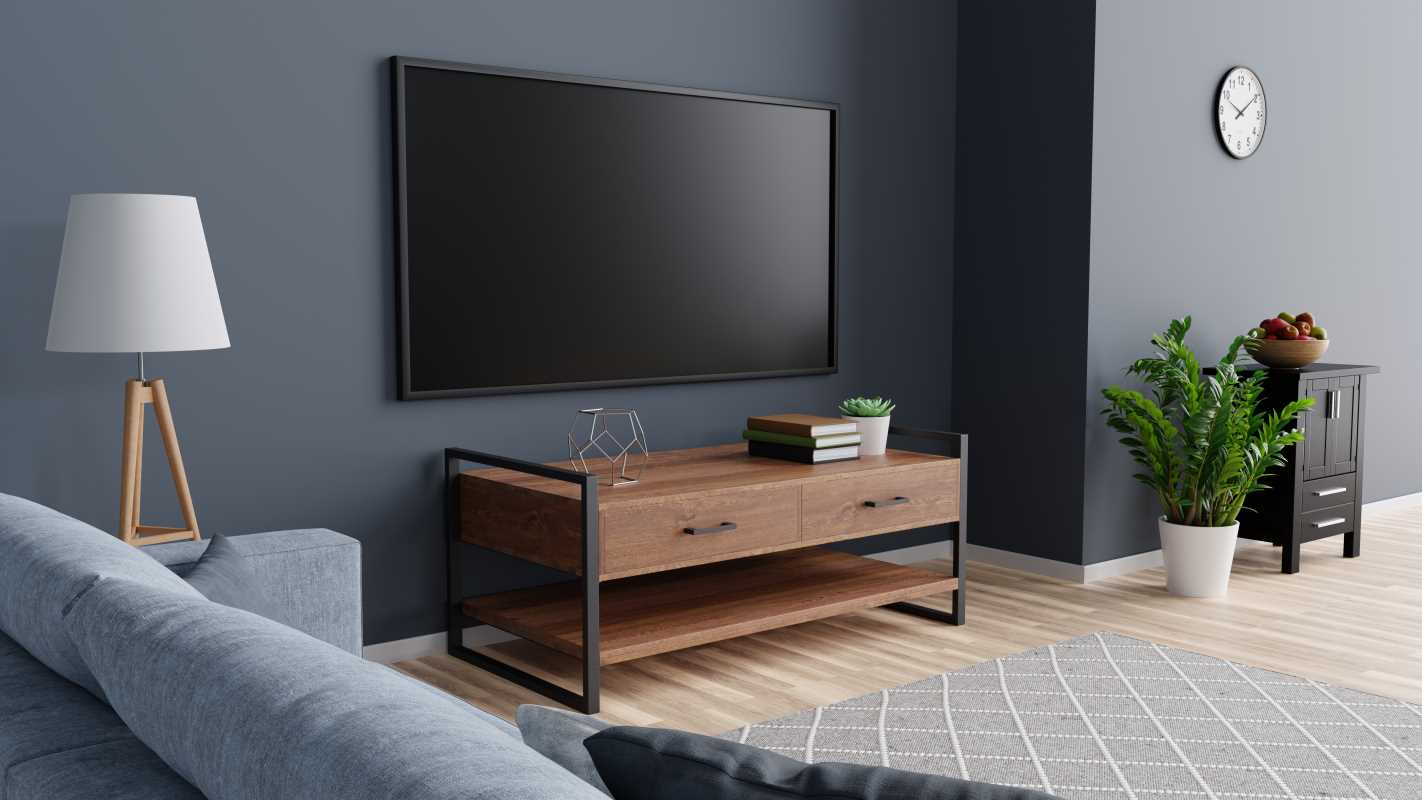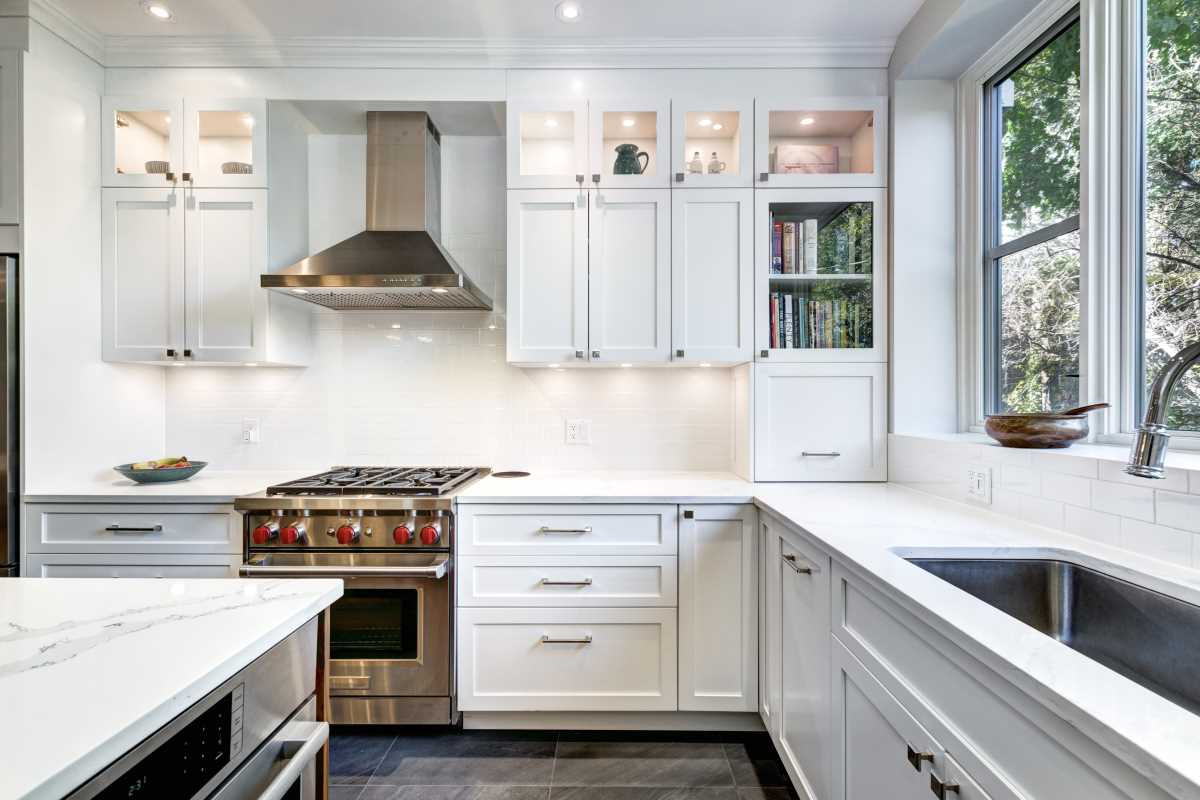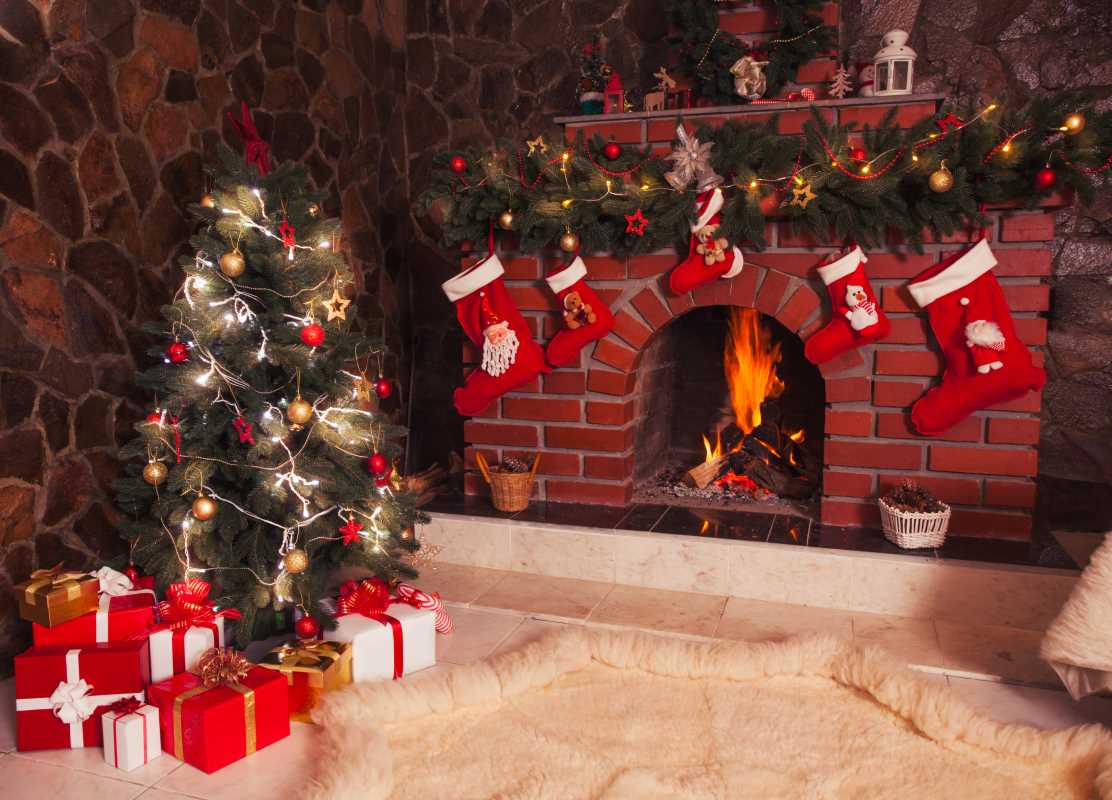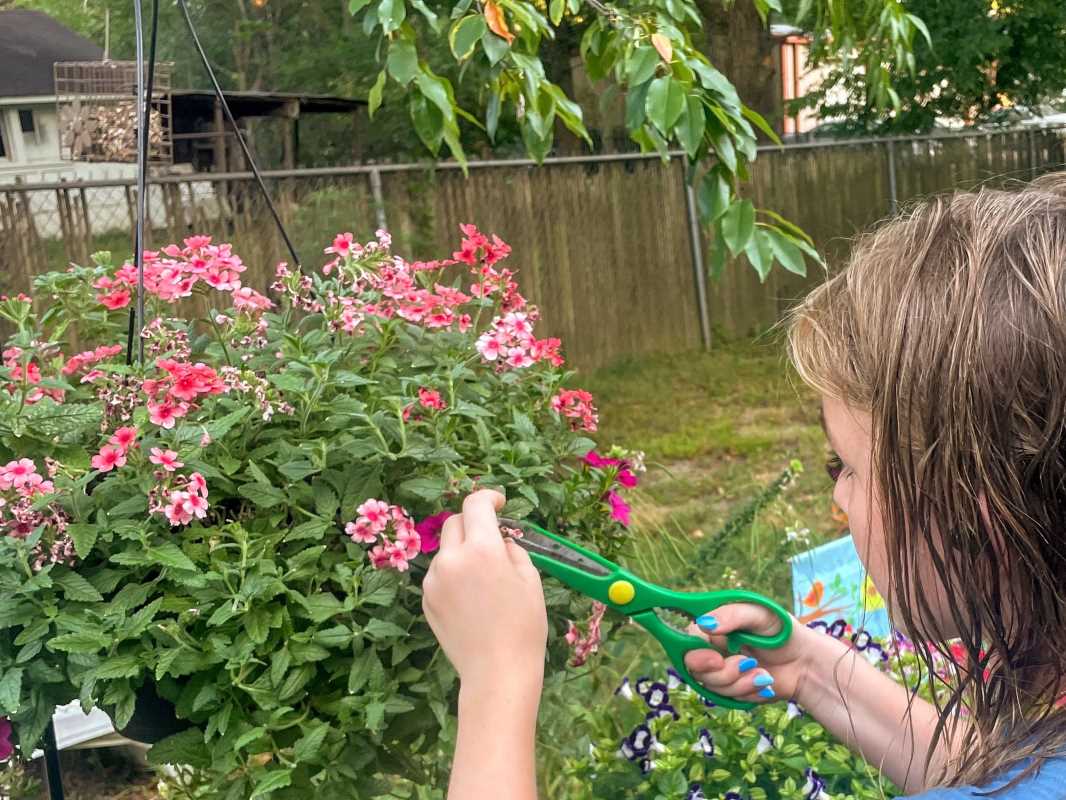Living in a tiny house doesn’t mean sacrificing comfort, functionality, or style. With the right furniture choices, you can maximize space while still having everything you need for daily living. Multifunctional furniture isn’t just a luxury in small spaces; it’s a necessity. From foldable designs to hidden storage, these tips will help transform your tiny home into a practical, inviting sanctuary. Below, you’ll find expanded advice on making the most of your limited square footage with clever and adaptable furniture solutions.
1. Choose Foldable and Convertible Furniture
Investing in foldable and convertible furniture pays off big time in a tiny house, offering flexibility and helping you use the same space for multiple purposes. These items fold away, expand, or switch modes to meet your daily needs.
- Sofa beds: During the day, a sofa bed acts as a comfortable seating area where you can relax or entertain guests. By night, it transforms effortlessly into a bed. Some modern sofa beds also include built-in storage for bedding. Look for sleek designs that blend seamlessly with your decor.
- Extendable dining tables: Fold-out or extendable dining tables are perfect for small homes. For instance, a wall-mounted folding table can serve as a compact workspace during the day and a dining area when you’re ready to eat. Some designs allow you to adjust for larger gatherings, ensuring you’re always ready to host.
- Murphy beds: A wall-mounted Murphy bed provides a full sleeping arrangement while freeing up floor space during the day. Look for options with built-in shelving or storage on the underside for added functionality. Murphy beds with hydraulic mechanisms are easy to lift and lower.
- Folding chairs and stools: Keep a small set of stackable or collapsible chairs for guests. These can hang on a wall-mounted rack or fit neatly under a bed or couch when not in use.
These options allow you to dramatically increase the versatility of your limited square footage.
2. Invest in Hidden Storage Solutions
Tiny homes tend to feel cluttered if you don’t have sufficient storage, but smart furniture can effortlessly combat that. Hidden storage pieces blend style with functionality, helping you maintain a minimalist, tidy look.
- Ottomans with storage space: A storage ottoman can serve as a footrest, additional seating, or even a table surface while holding blankets, books, or seasonal decor.
- Storage beds: Look for beds with pull-out drawers or lift-up mechanisms that reveal spacious compartments underneath. These are great for storing bulky items like duvets, clothing, or luggage.
- Coffee tables with hidden compartments: You can stash remote controls, board games, magazines, or even snacks inside such designs, ensuring your living room stays clutter-free with everything you need out of sight.
- Storage benches: Perfect for dining nooks or entryways, storage benches can hold shoes, jackets, or pantry items while doubling as seating. Some even offer cushion-topped lids for added comfort.
- Storage staircases: If your tiny home includes a loft area, consider converting your staircase steps into hidden drawers or cabinets.
These integrated storage options ensure that every item in your home has a designated place, making tidying up both easier and faster.
3. Utilize Modular Furniture
Modular furniture provides unmatched versatility by allowing you to rearrange or customize pieces as your needs change. Since tiny homes typically don’t follow conventional layouts, modular designs can adapt to tricky spaces.
- Modular sofas: These come in pieces you can reconfigure or expand based on the number of guests. Some designs include hidden compartments within the sofa sections for extra storage.
- Stackable chairs and tables: Keep stackable furniture on hand to provide extra seating when entertaining. Lightweight and compact, they can be stored out of the way when not needed.
- Multifunctional shelving units: Look for modular shelves that can evolve into various configurations. For example, a tall bookshelf could be separated into smaller units to serve as a room divider or compact bedside tables.
Modular furniture works especially well in shared spaces, allowing you to transform a living room, dining area, or workspace as required.
4. Look for Dual-Purpose Pieces
Dual-purpose furniture is a lifesaver in tiny homes, combining two or more functions into one object. By reducing your need for separate items, you’ll be able to conserve valuable space while still having all the essentials.
- Desks that double as dining tables: Certain designs allow desks to extend into large dining tables, ideal for moving seamlessly between work mode and dinner time.
- Mirrored cabinets: Mirrors create the illusion of a larger space, but why stop there? A mirror with built-in shelving or hooks can store makeup, toiletries, or keys by the door while adding depth to your home.
- Daybeds: A daybed can function as a sofa during the day and a bed at night. These are particularly great for studio-style tiny homes. Some daybeds also come with built-in storage drawers underneath.
- Lift-top tables: A coffee table with a lift-top surface offers dual functionality as an eating or workstation and often includes extra storage inside.
- Convertible armchairs: Some armchairs can convert into single beds for overnight guests. They’re compact, stylish, and incredibly functional.
By choosing dual-purpose items, you’ll free up space for decor, plants, or whatever makes your tiny house feel like home.
5. Mounted and Floating Furniture
When floor space is limited, think about using your walls instead. Mounted and floating furniture options ensure you maintain a spacious feel while still accommodating your necessities.
- Floating desks: Mount a small desk to the wall for a unobtrusive workspace. Many come with built-in storage or fold-away functions to disappear when not in use.
- Wall-mounted fold-down tables: Perfect for eating or working, a fold-down table can be installed in compact corners or tight kitchen spaces. Some designs are so sleek they simply look like wall decor when folded up.
- Shelves and vertical cabinets: Make your walls work harder with floating shelves for books, decor, or kitchen supplies. Use high-up spaces for items you don’t need often, like seasonal decorations.
- Fold-away beds and seating: Along with Murphy beds, wall-mounted benches or stools can be folded up flat when not in use.
Mounted furniture allows for maximum flexibility without covering your precious floor space, essential for creating a clutter-free design.
6. Prioritize Custom-Made Furniture
Sometimes standard furniture doesn’t fit the unique demands of a tiny house, which is why custom-made pieces can be a game-changer. Tailored furniture makes the absolute most use of tricky corners, narrow halls, or oddly shaped spaces.
- Built-in dining benches: Custom-built benches with under-seat storage work perfectly in breakfast nooks. Pair with a small, adjustable table to make the area multifunctional.
- Loft beds with built-ins: Create custom loft setups that combine a bed with storage space, a wardrobe, or even a small office nook underneath. Many options also leave room for seating or a play area for kids.
- Pull-out storage systems: Pull-out pantry drawers or roll-out closet organizers can turn tight corners into highly functional storage.
Working with a carpenter or furniture designer ensures your space is optimized for both usability and aesthetics.
7. Opt for Lightweight and Easy-to-Move Pieces
Lightweight furniture gives you the freedom to rearrange or repurpose areas of your home quickly. This flexibility is particularly useful in tiny homes where rooms often serve multiple roles.
- Compact folding chairs: Chairs made of lightweight materials like aluminum or bamboo are simple to move and store. Use them for dining, lounging, or outdoor seating.
- Folding screens: These create adaptable partitions between sleeping and living areas. Since they’re portable, you can adjust them as needed.
- Portable kitchen carts: A rolling kitchen island or bar cart can serve as an extra prep surface, dining table, or serving station, then be stored against the wall to free up space.
- Collapsible shelving lets you expand or reduce storage based on your needs and available space.
Selecting lightweight designs ensures that even big changes to your layout are manageable.
8. Think Vertically
Don’t just think about the ground level when arranging your tiny home. Vertical space offers incredible opportunities for storage, sleeping, and design when used creatively.
- Bunk beds and loft areas: If you have high ceilings, installing a loft bed or bunk beds clears up valuable floor space underneath. You can use this space as an office, a lounge, or storage.
- Ladder shelves: Ladder-style shelving units hold a surprising number of items while leaving minimal physical and visual clutter.
- Wall hooks and racks: Add hooks on walls or doors for coats, bags, or kitchen utensils. Pegboards are also great for organizing tools, supplies, and even decor.
- Overhead storage: Install storage solutions above doors, windows, or entryways for items you seldom use, like off-season clothing or spare bedding.
Taking advantage of your vertical space can make your tiny house seem twice as large by freeing up the floor for living.
Whether you’re living in a tiny home long-term or exploring minimalistic living, the right multifunctional furniture can make a world of difference. By incorporating foldable, dual-purpose, modular, and custom-built pieces, you can create a flexible and functional home tailored to you. Don’t be afraid to experiment and continuously adapt your space to fit your evolving needs. Make every square inch count, and enjoy the charm and simplicity of life in a tiny house!
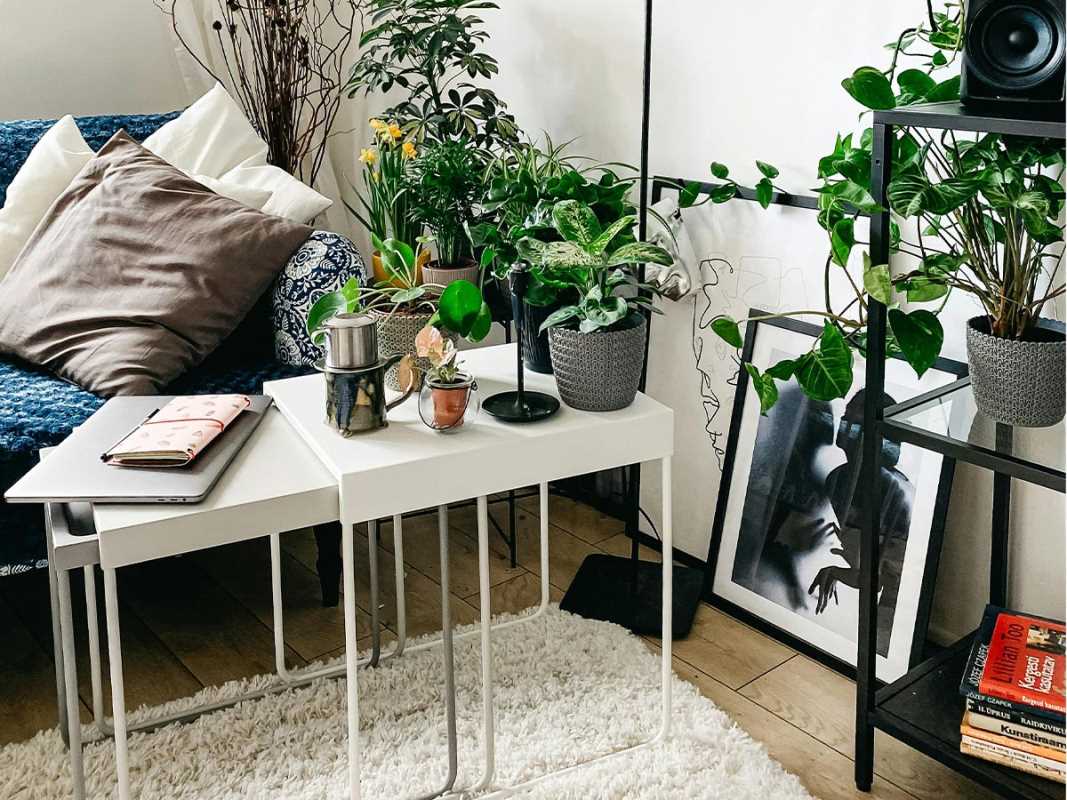 (Image via
(Image via